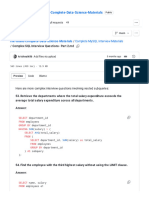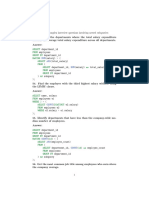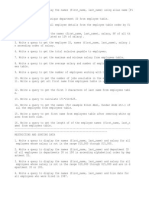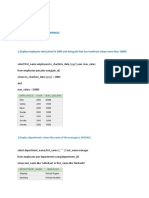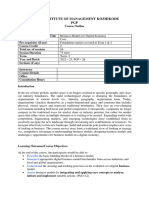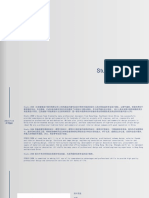0% found this document useful (0 votes)
13 views6 pagesTop 15 SQL Interview Questions
This document lists the top 15 SQL interview questions commonly asked by Big 4 companies, along with sample SQL queries as answers. The questions cover various SQL concepts such as finding salaries, retrieving duplicates, and working with employee data. Each question is clearly formatted for easy revision and understanding.
Uploaded by
dikshaahire256Copyright
© © All Rights Reserved
We take content rights seriously. If you suspect this is your content, claim it here.
Available Formats
Download as PDF, TXT or read online on Scribd
0% found this document useful (0 votes)
13 views6 pagesTop 15 SQL Interview Questions
This document lists the top 15 SQL interview questions commonly asked by Big 4 companies, along with sample SQL queries as answers. The questions cover various SQL concepts such as finding salaries, retrieving duplicates, and working with employee data. Each question is clearly formatted for easy revision and understanding.
Uploaded by
dikshaahire256Copyright
© © All Rights Reserved
We take content rights seriously. If you suspect this is your content, claim it here.
Available Formats
Download as PDF, TXT or read online on Scribd
/ 6






